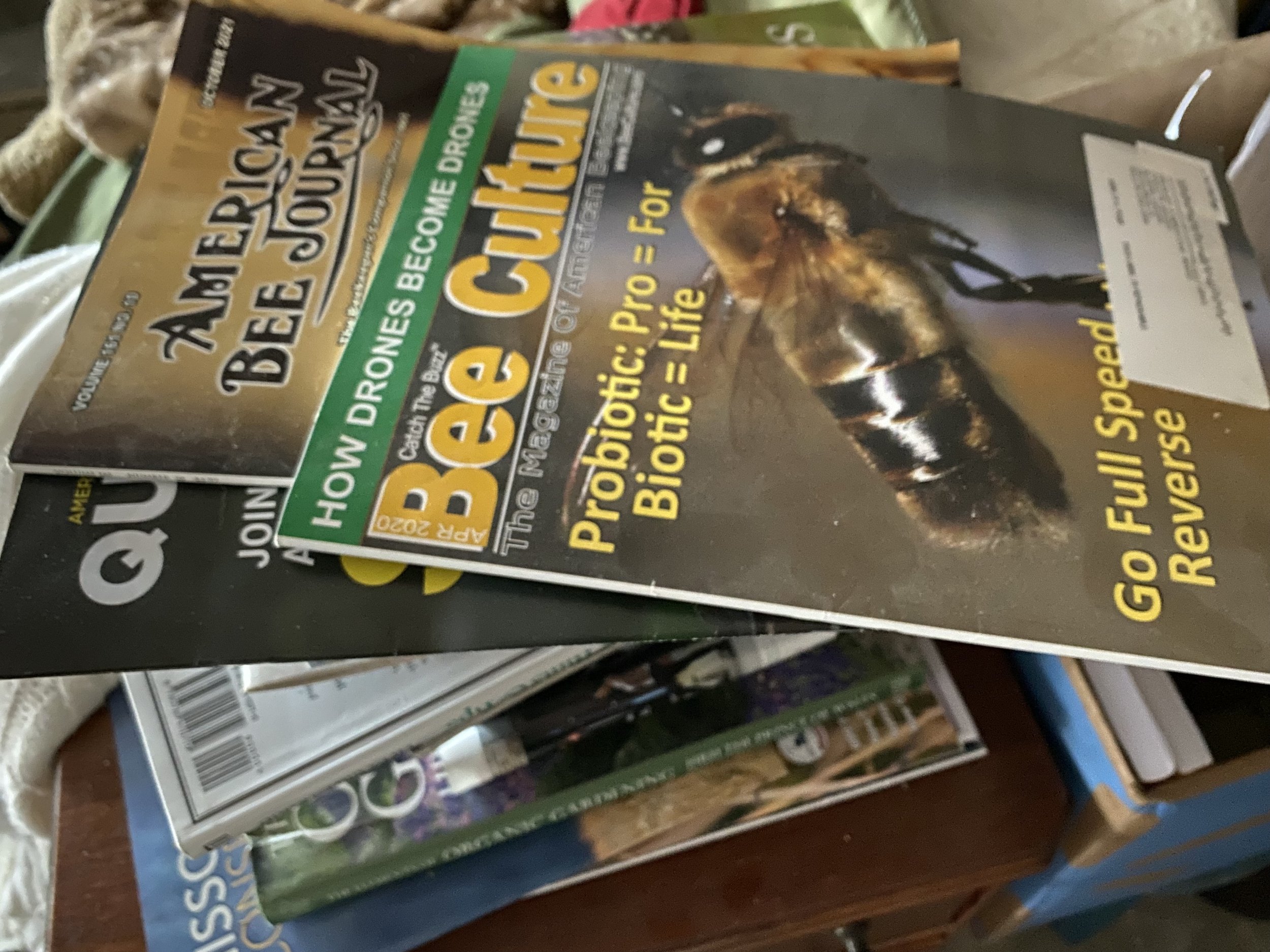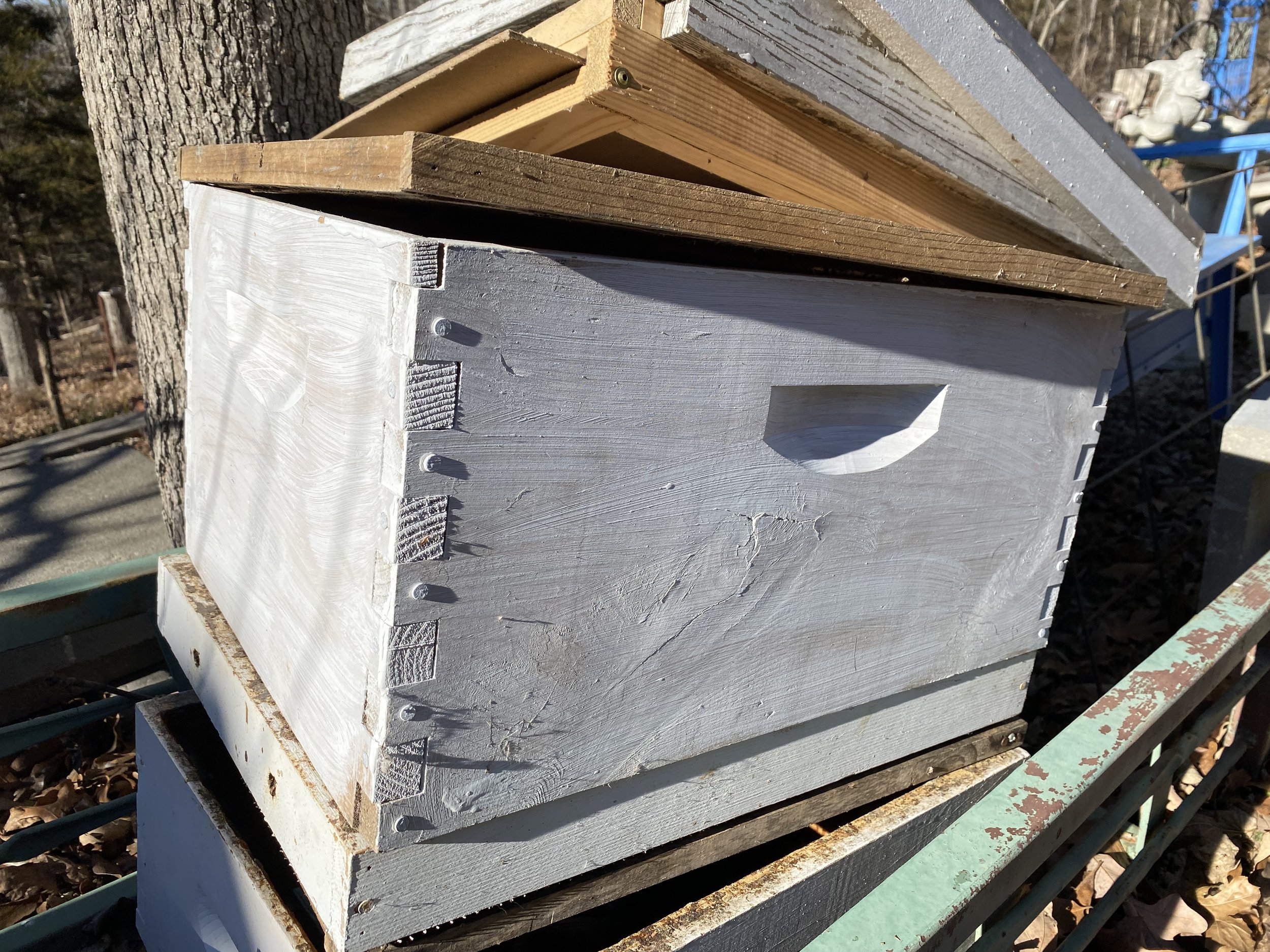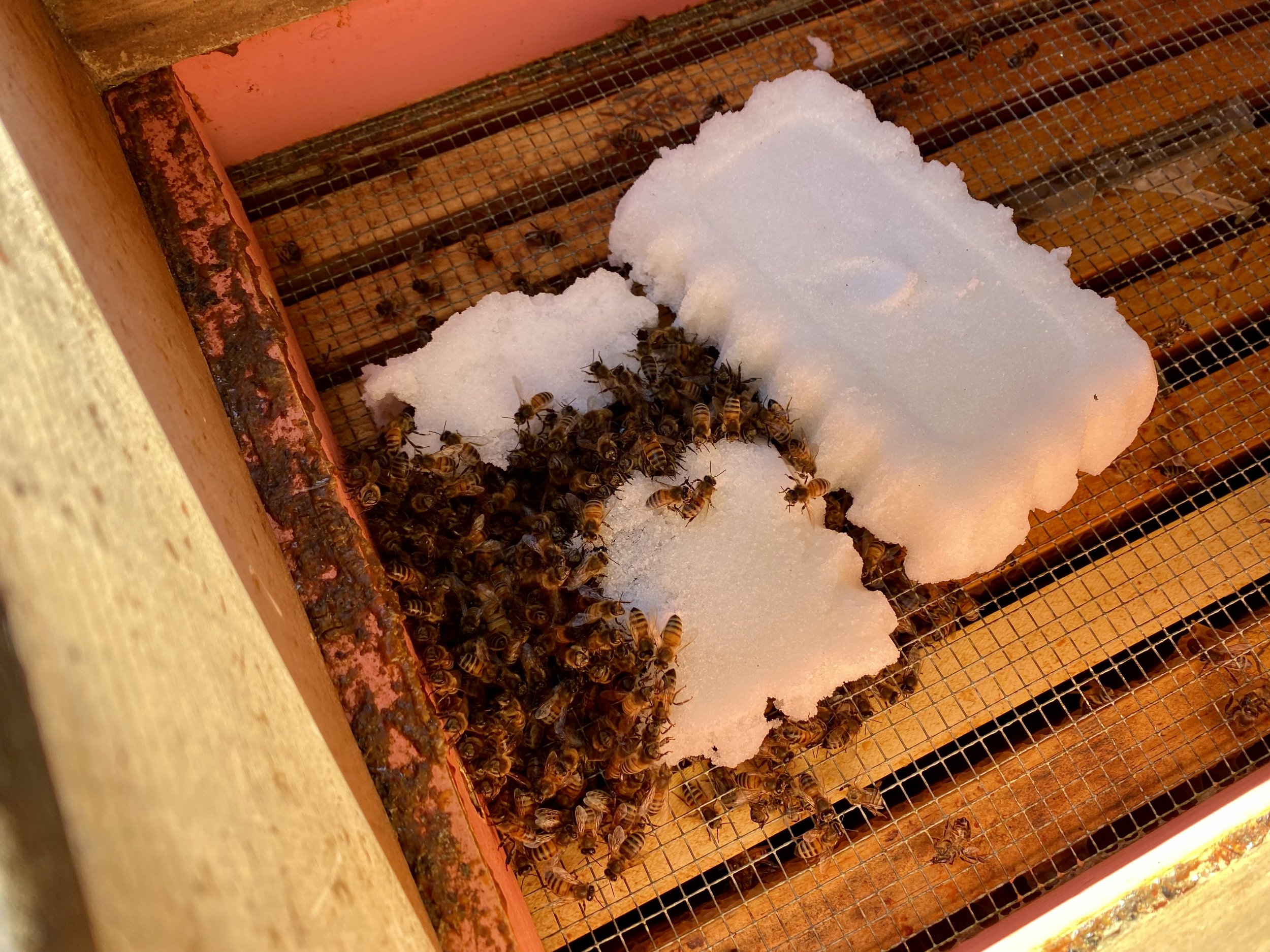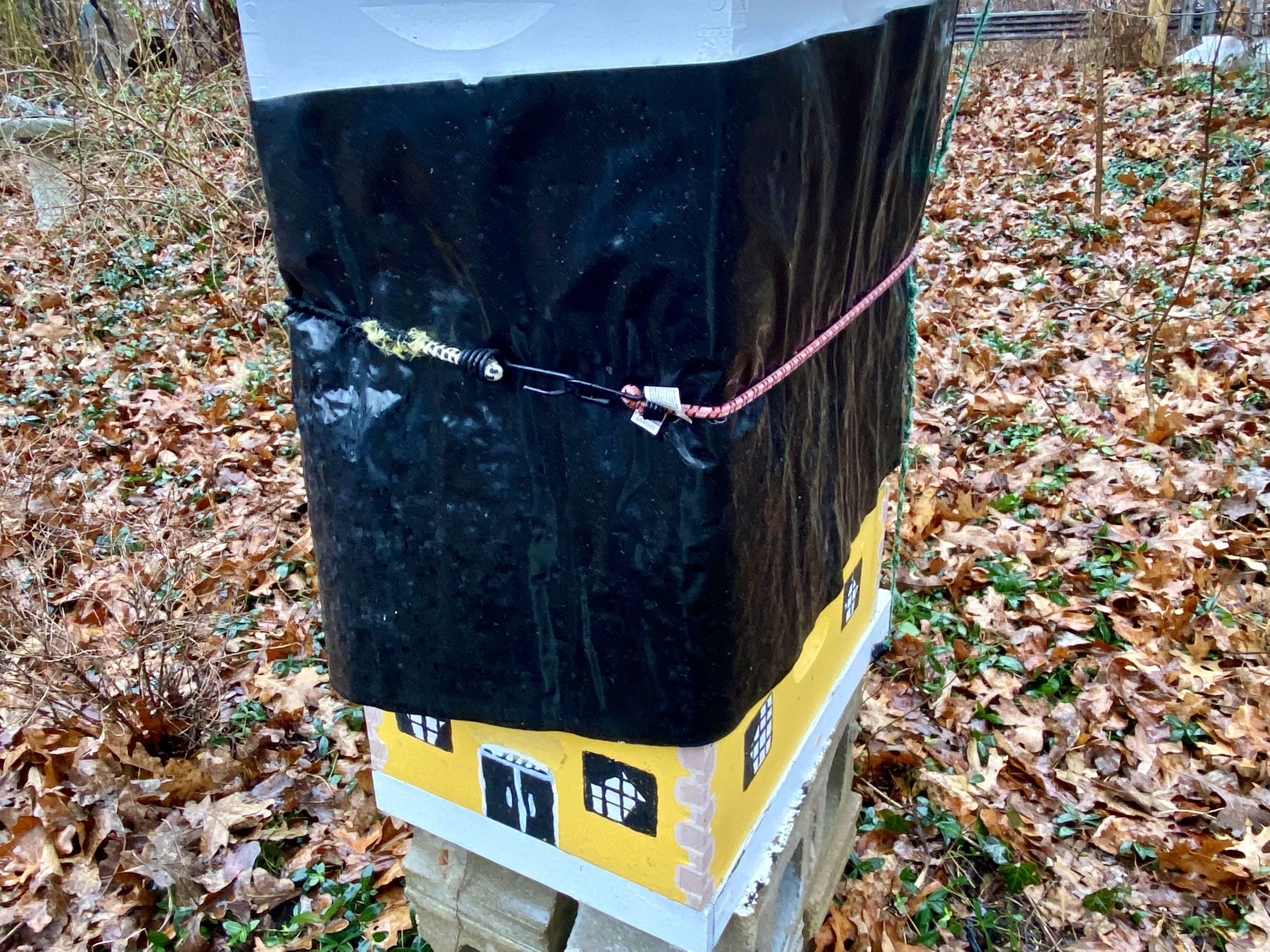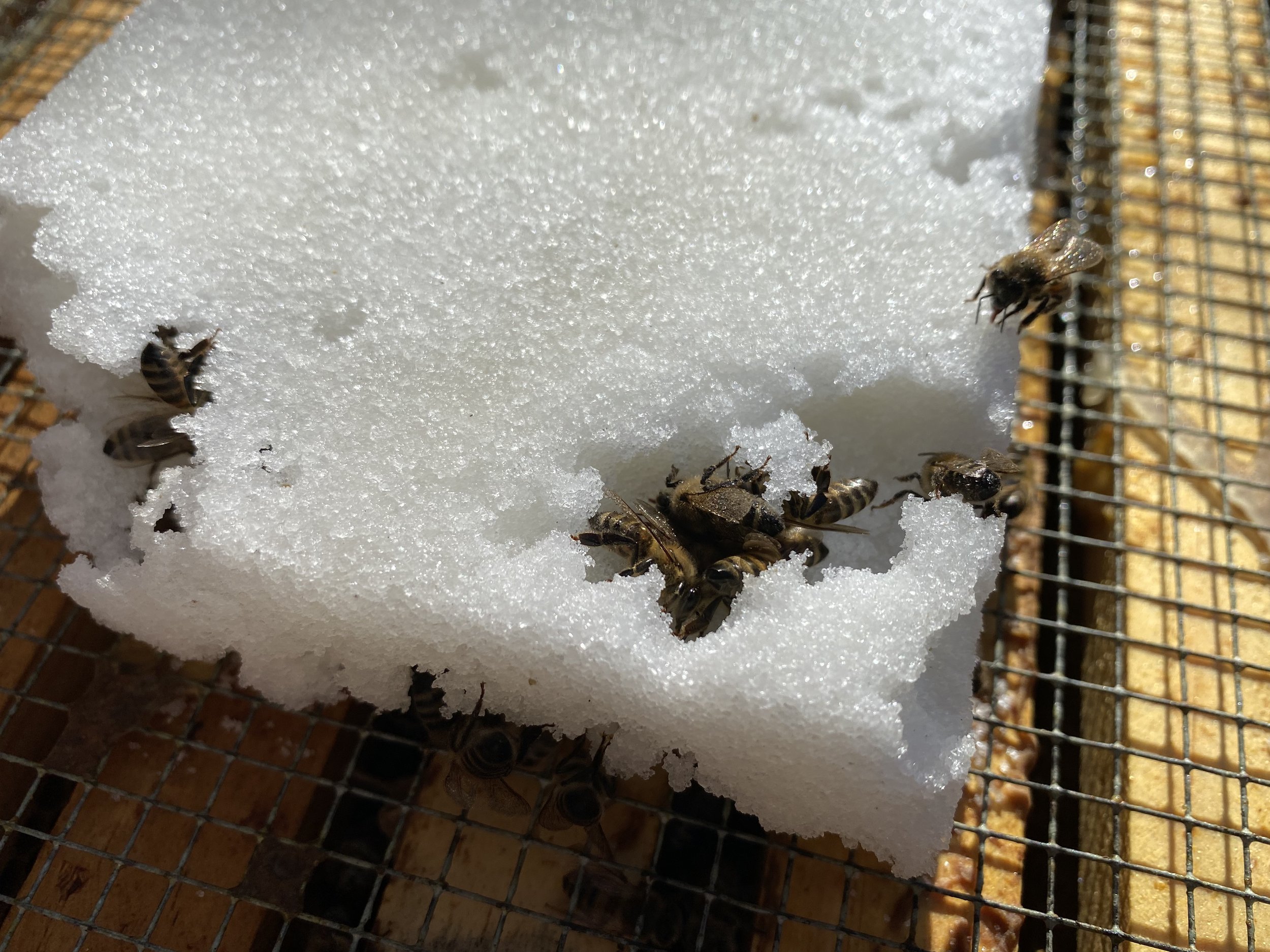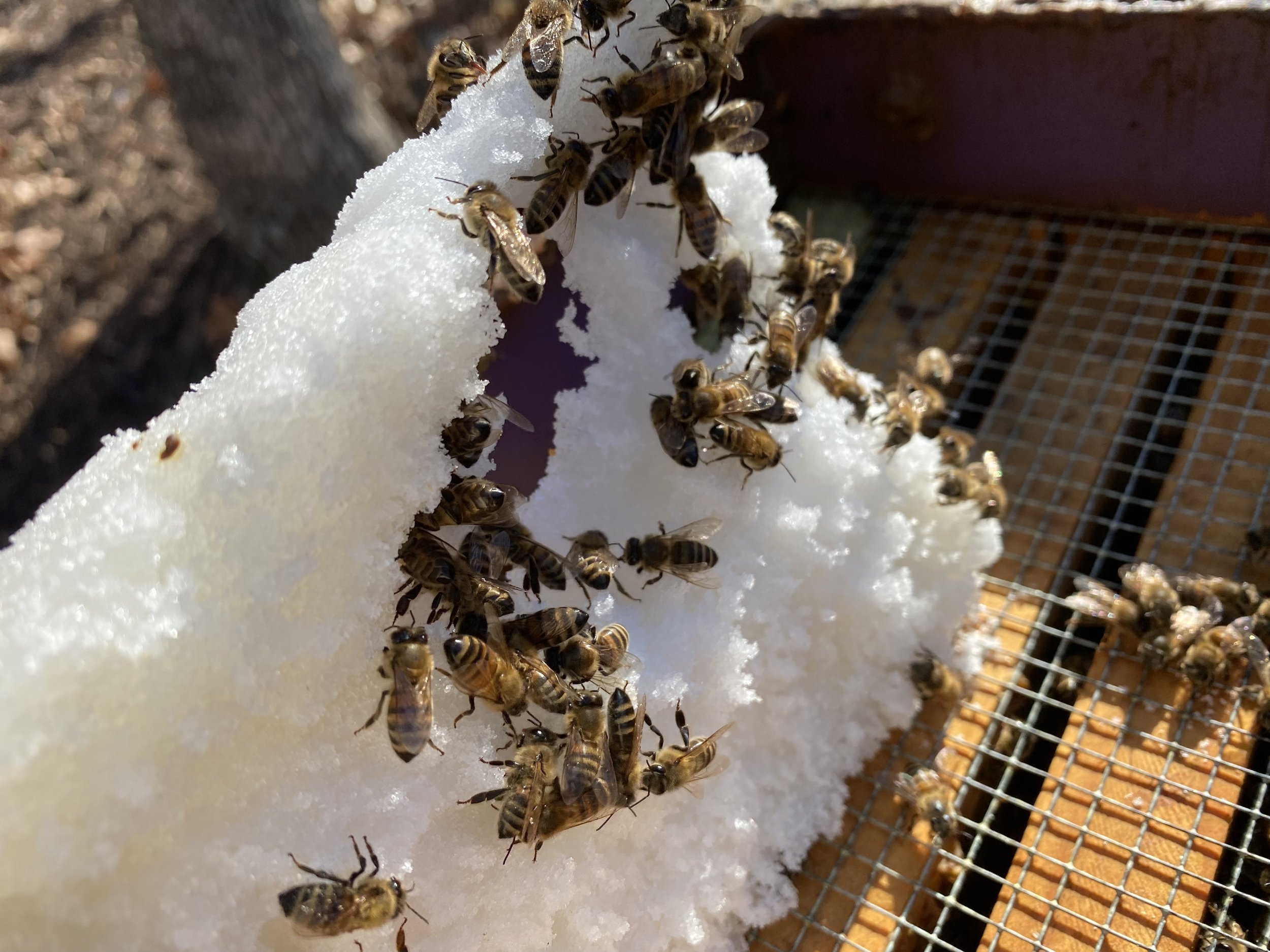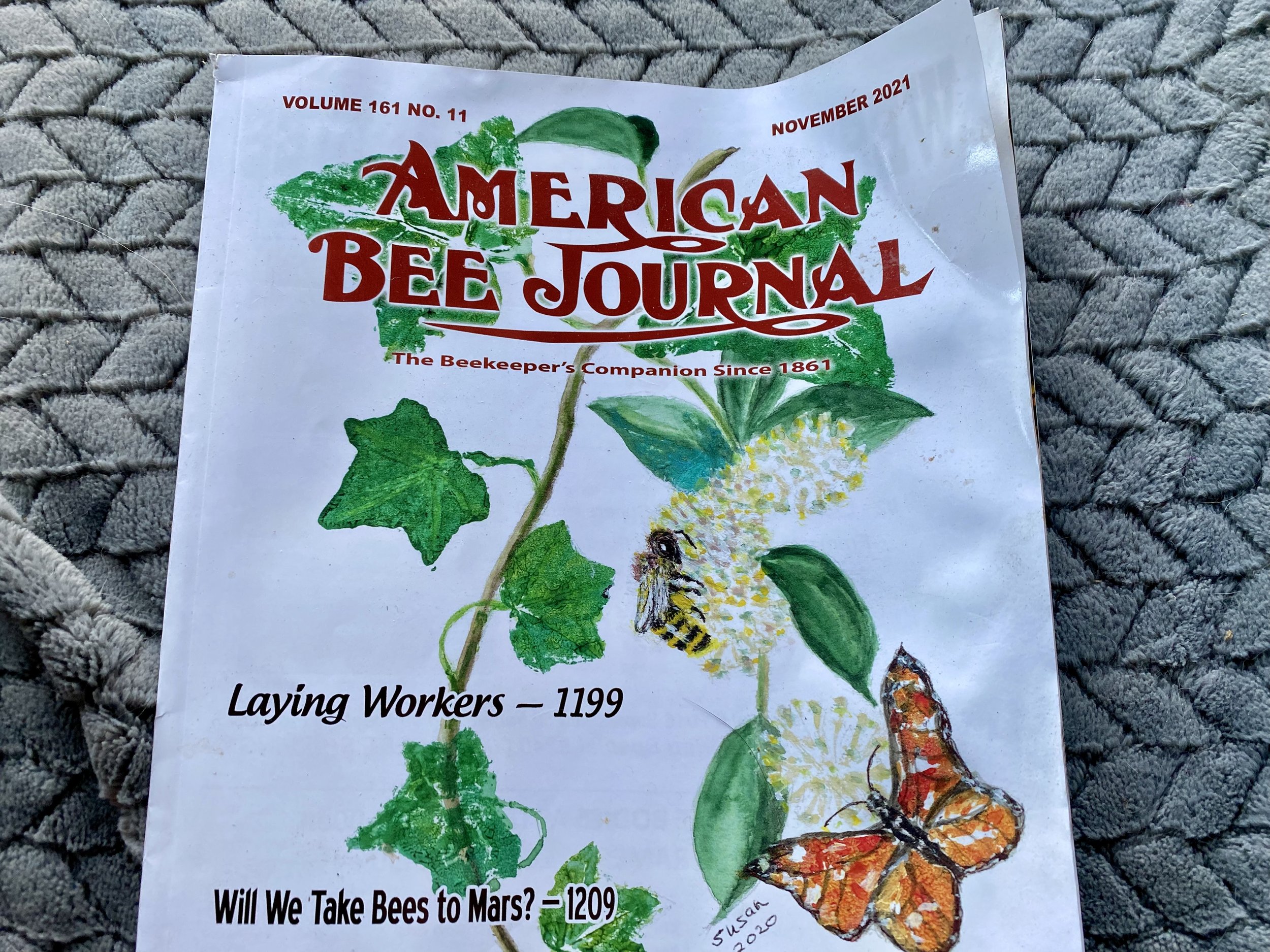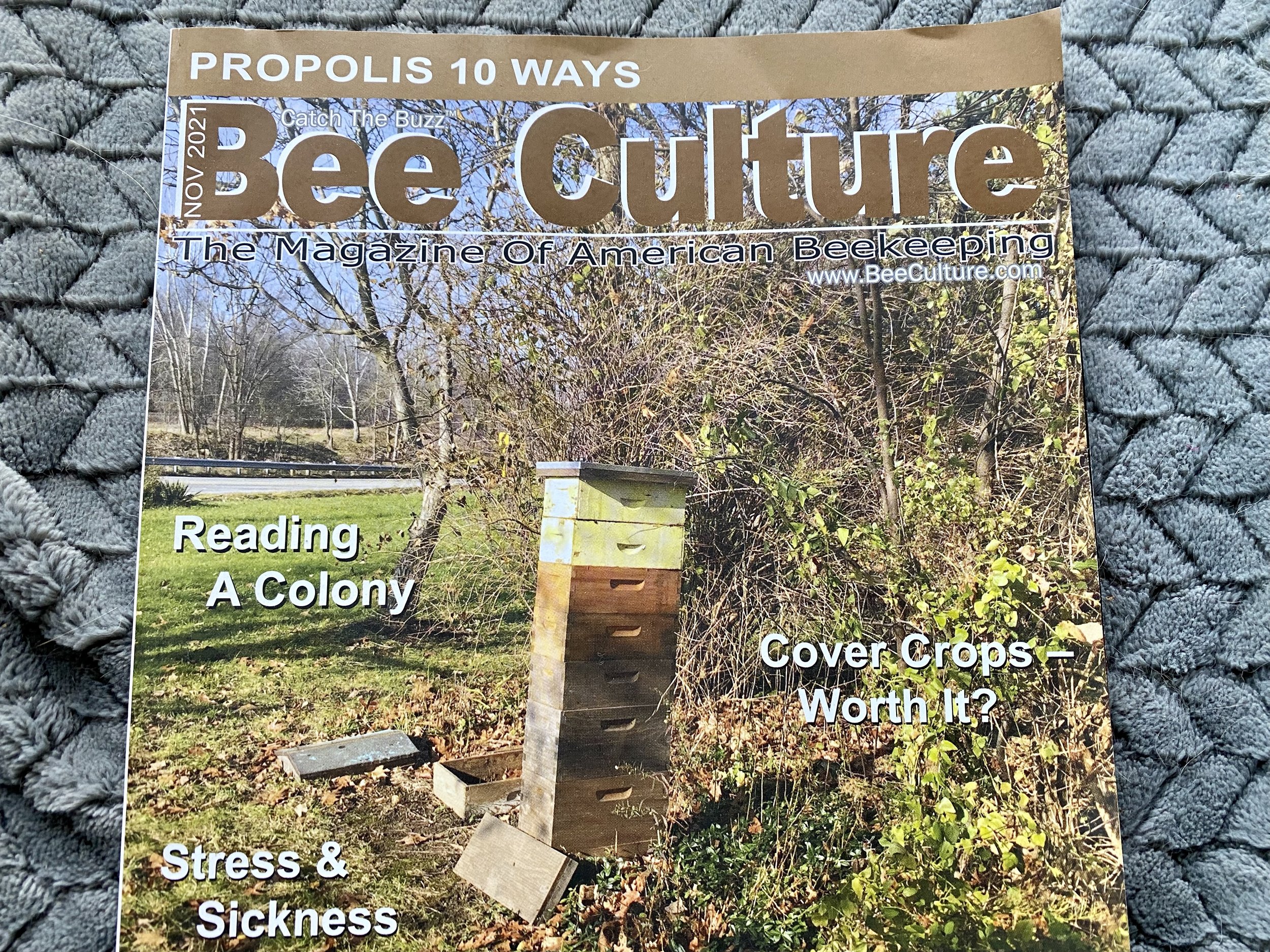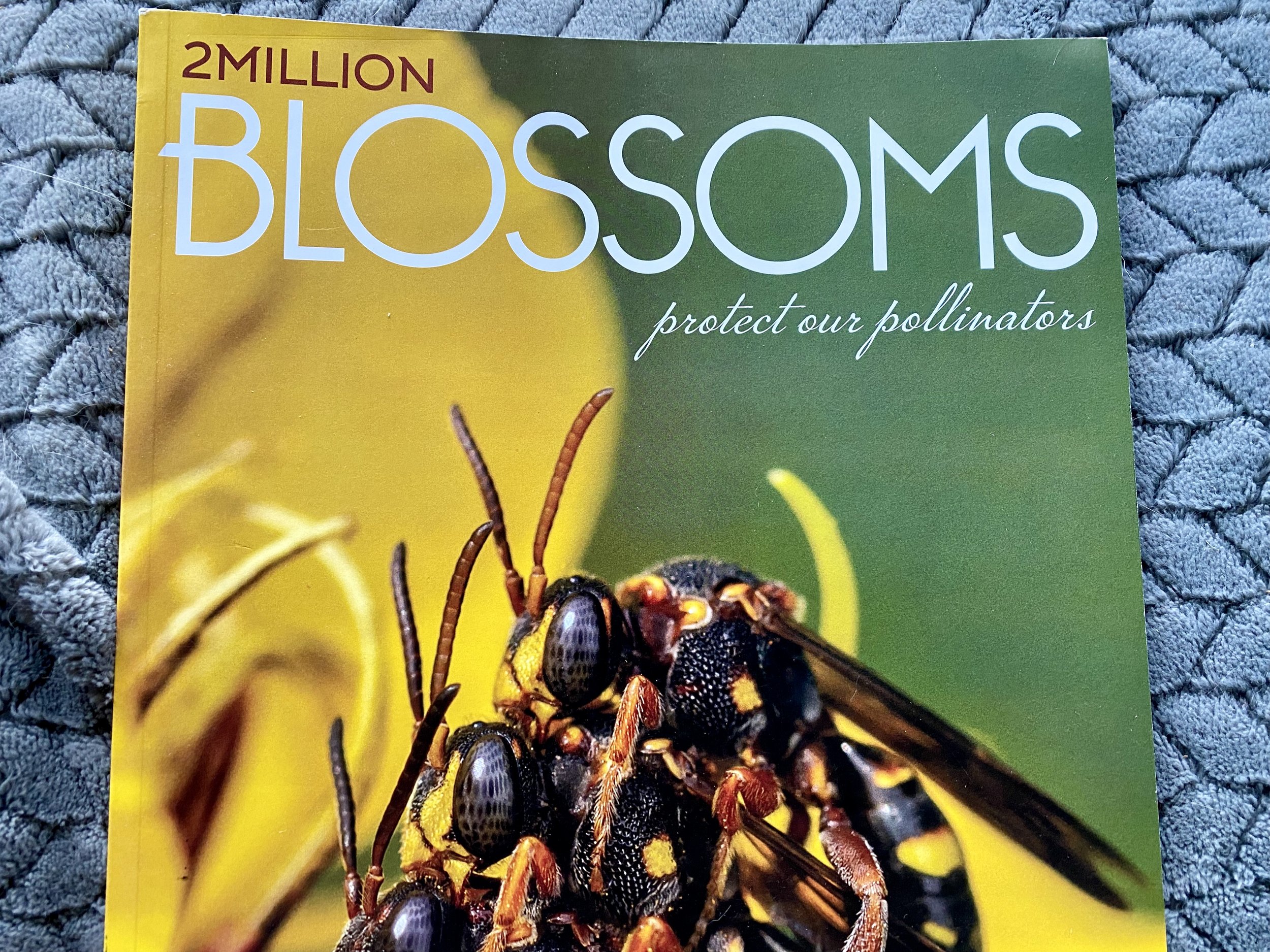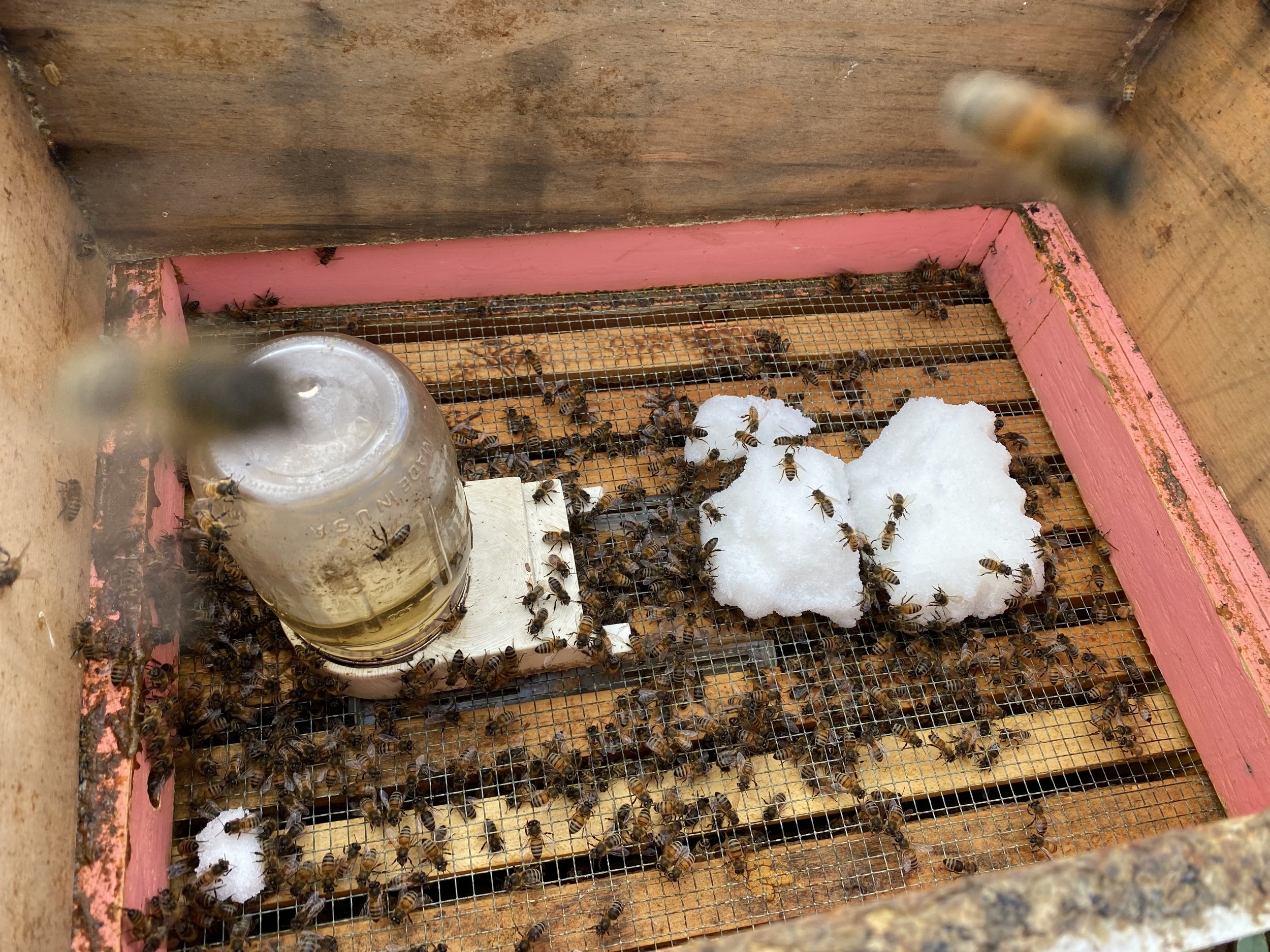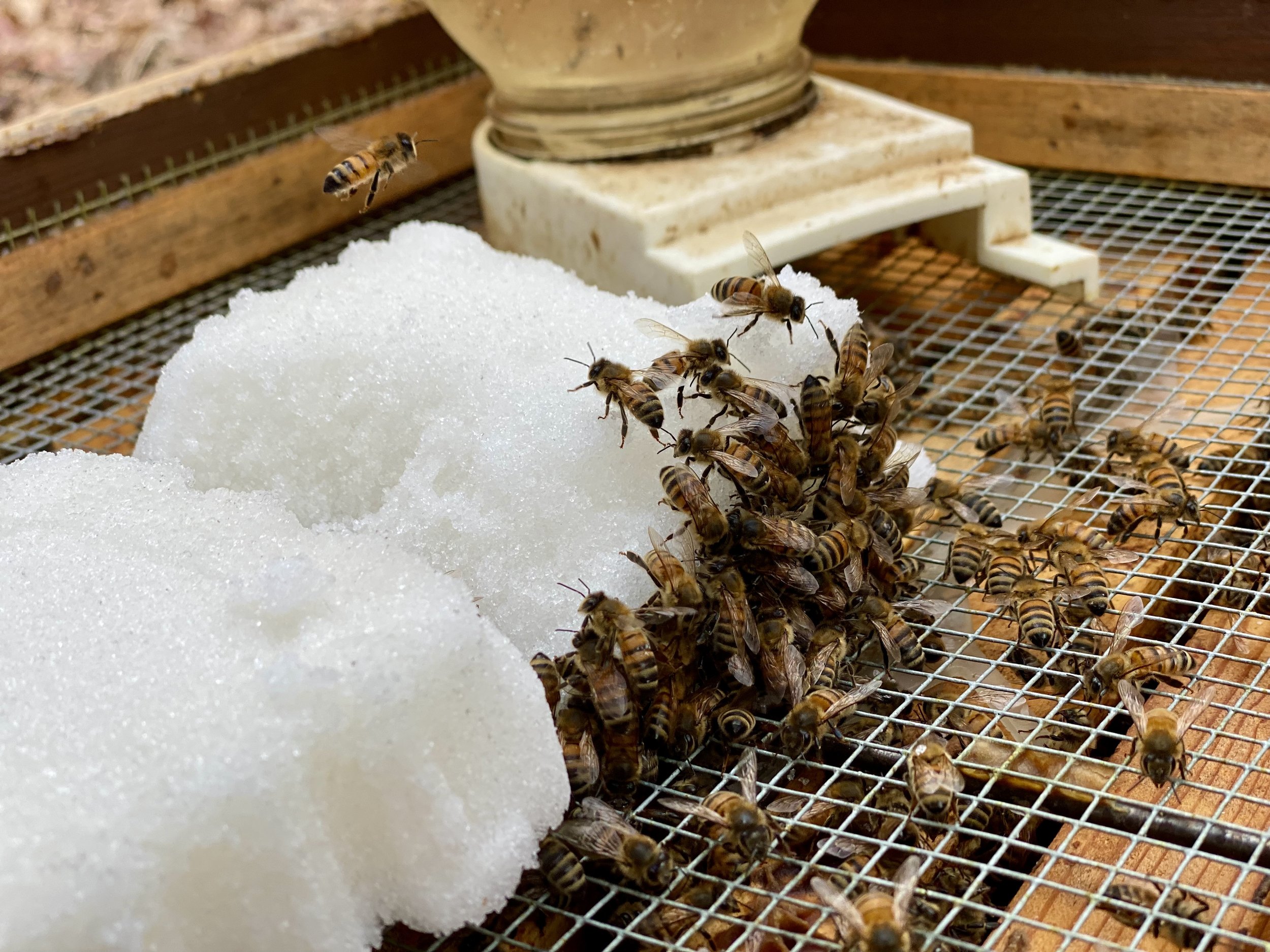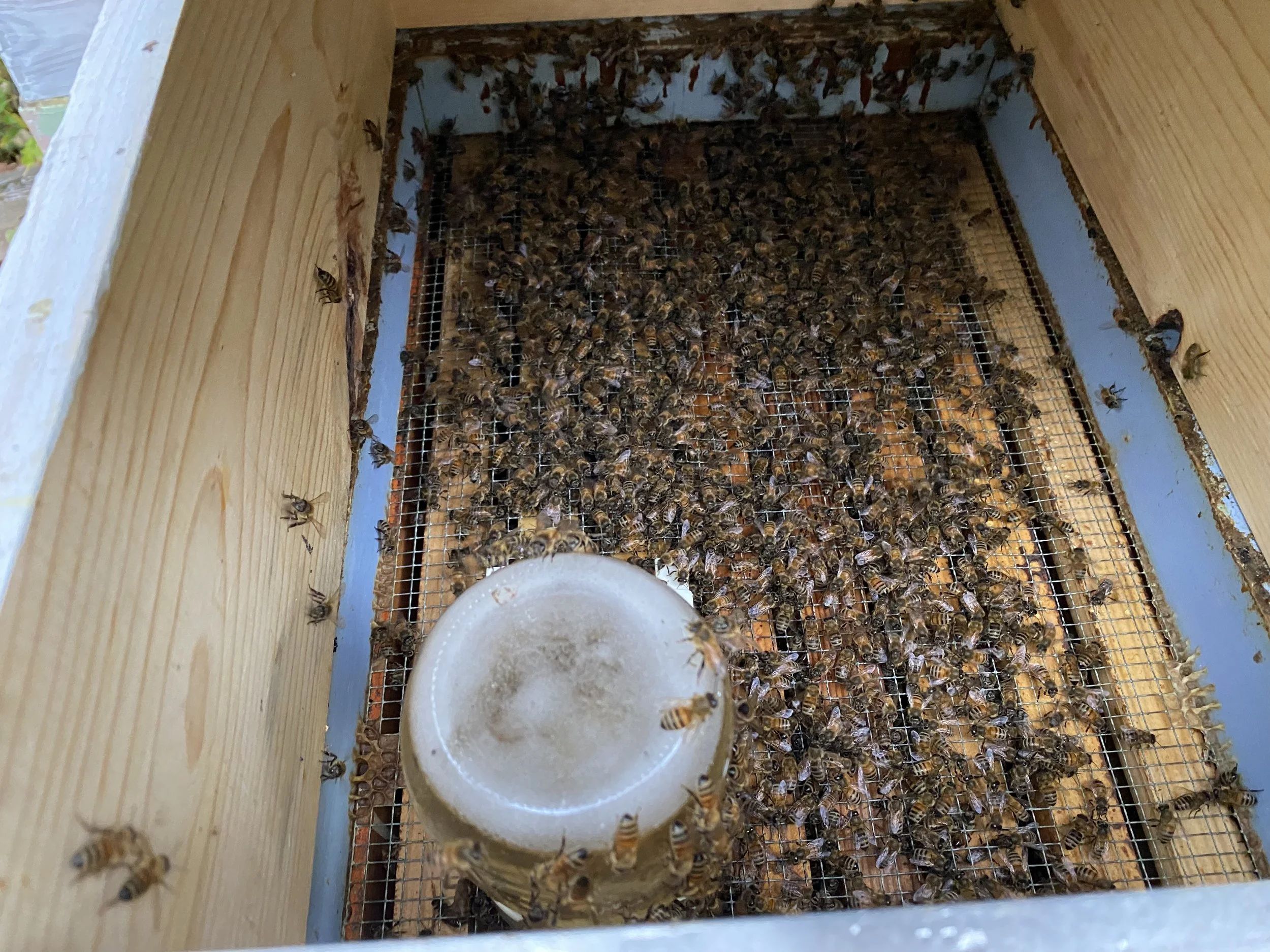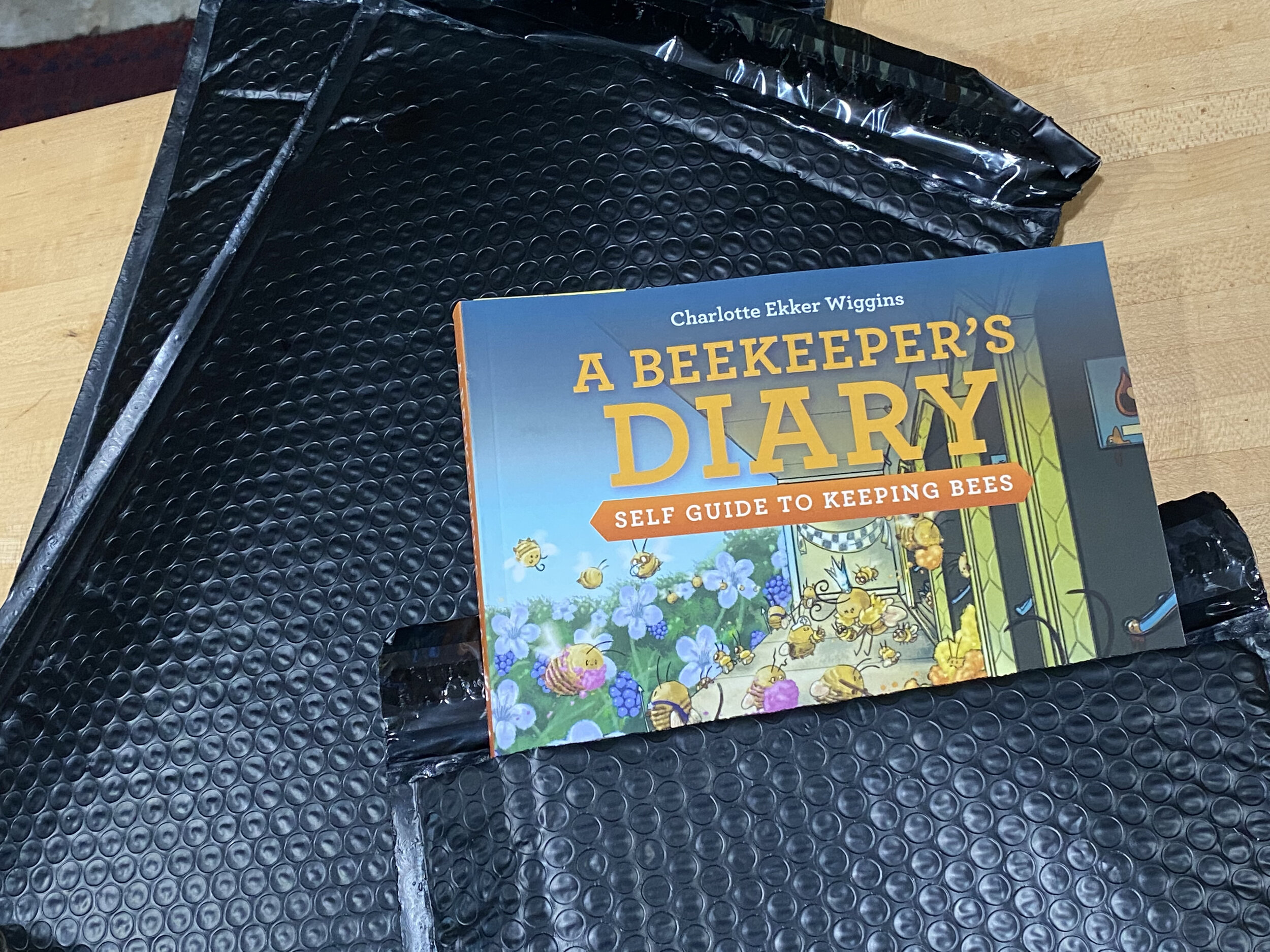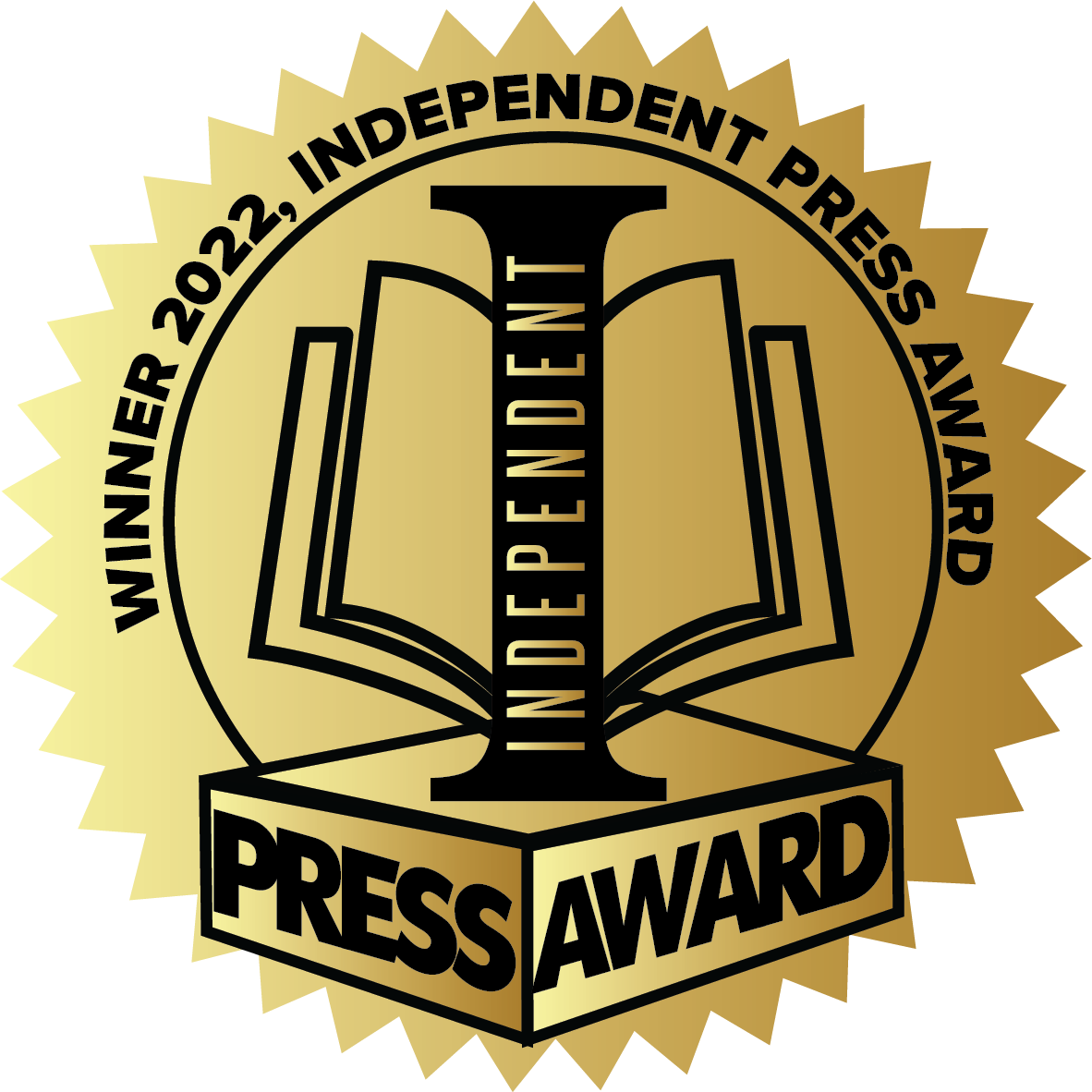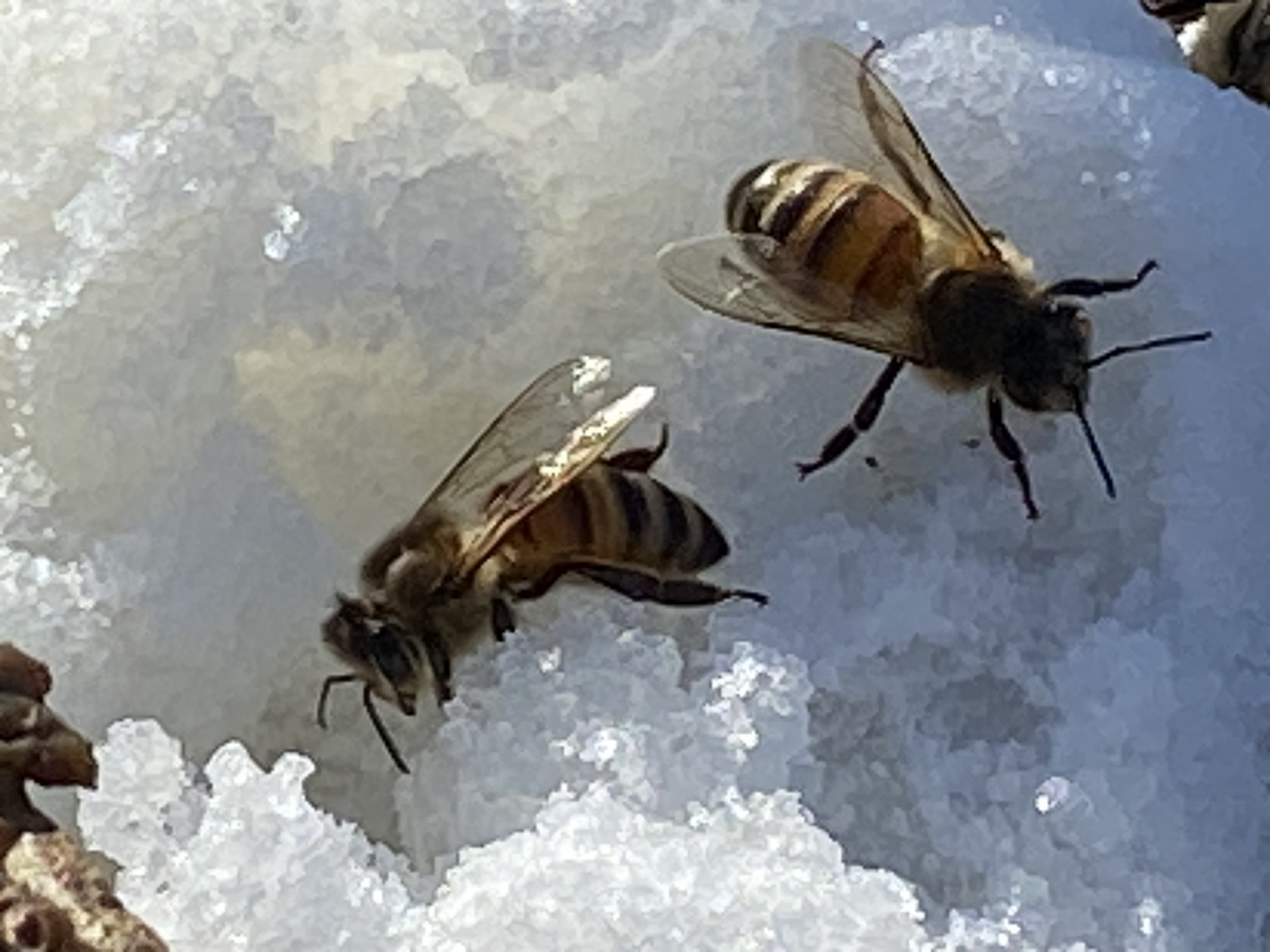Beekeeping Reading
/My reading pile just keeps getting bigger! (Charlotte Ekker Wiggins photo)
Beekeeping Reading
If you are starting your beekeeping journey, staying on top of the latest developments is very important including making sure you are reading information from reliable sources. Watching You Tube videos can be entertaining but not necessarily the best practices for your area. And some websites, albeit well intentioned, also don’t provide the best information in context for what you are doing.
So where to go.
As beekeepers we are very lucky to have two magazines that are excellent reliable resources.
Bee Culture Magazine
Kim Flotum and Jerry Hayes make sure this monthly publication as a nice range of articles from beekeeping book reviews to a kid’s page, honey plants and urban beekeeping information. They include a segment that highlights the amateur engineers that beekeepers are, this segment features tips and tricks beekeepers themselves have developed.
Annual subscription: $25 with discounts for multiple year subscriptions.
Free annual calendar with every subscription.
American Bee Journal (ABJ) magazine is the “oldest English language publication on bees” helping beekeepers for more than 100 years. Eugene Makovec is the editor, someone Missouri beekeepers know well from his days as the newsletter editor of our state beekeeping association. This monthly magazine includes .monthly crop and market information, scientific and experimental reports, industry news, display and classified ads.
Annual subscription: $29. You can get a discount for multiple year subscriptions and a 15% discount by being a paid member of Missouri State Beekeepers Association and a local bee club.
You can also request a free sample.
Which Magazine to Start?
Depends on several factors. Can you speak in beekeeping terms or are you still learning? Do you understand scientific research and how it is conducted, and reported, or does that seem over your head?
If you live in the Rolla, MO area you can check out copies of Bee Culture Magazine from our local library and get a feel for what is in that magazine. If you are out of county, a $20 annual membership will also get you access to those magazines and the rest of the library including the extensive beekeeping book section. Rolla Bee Club, which I started in 2014, donated several dozen beekeeping books a few years back to update that section.
So back to the original question, which magazine. I personally would recommend starting with Bee Culture Magazine. They have some fun sections on building some of your own equipment.
Once you are fluent in beekeeping and basic beekeeping principles, then American Bee Journal may be of interest. Jamie Ellis out of the University of Florida answers submitted questions.
If you prefer to read online, start with Rusty Burlew’s blog Honey Bee Suite. Rusty does an excellent job of tackling not only the larger beekeeping issues but the little ones as well.
Happy reading!

